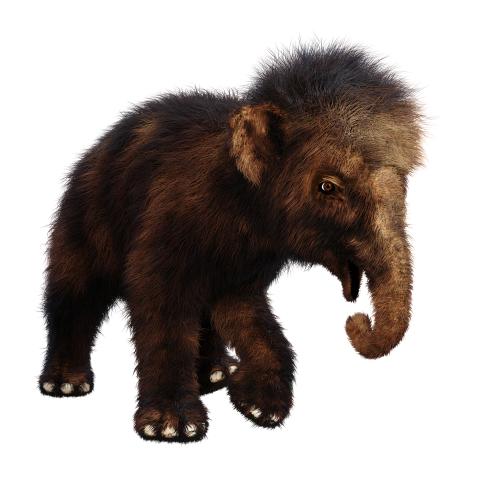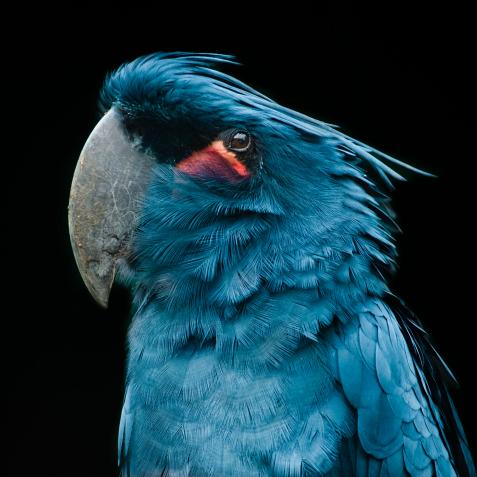
SCIEPRO/SCIENCE PHOTO LIBRARY
When in Roam, a Woolly Mammoth’s Tusks are the Map
Roaming with Kik--a look into a woolly mammoth’s tusks unravels its 28-year journey in prehistoric Alaska.
As reported in the NY Times, prehistoric Alaska was Kik’s home over 17,000 years ago, where he spent all 28 years of his life. This woolly mammoth had no specific movement pattern as he migrated across Alaskan land. It wasn’t until he turned 15 that he shifted north, away from the interior of Alaska. How exactly is this known and what techniques were used to determine his map of life across Alaska?
It was the curved, eight-foot-long tusks belonging to Kik that allowed scientists to detail a map of where he roamed in life. Matthew Wooller, the lead author of the paper published by the journal Science that describes the findings and the director of stable isotope facility at the University of Alaska, states that the tusks give insight into possible behavior of woolly mammoths and what environment they used. These tusks are essential to understanding how they roamed in life, but what about their ending? Despite their disappearance about 10,000 years ago, there are still fossil remains that haven’t turned to rock. Thus allowing for the extraction and sequencing of DNA, but the genetic information acquired only answers certain broad questions.

leonello
3D illustration of a woolly mammoth skeleton.
To answer questions about whether a mammoth migrated with the seasons or if it spent its youth in a certain region and moved during its adulthood are beyond the scope of being answered with genetic information, however, Dr. Wooller and his colleagues turned to studying isotope signatures in Kik’s tusk. The surface of the base of the tusk is “basically the day it died,” according to Dr. Wooller, and everything after reflects the movements and days of Kik’s life.
What helped further understand how Kik lived, was that the researchers focused on strontium, as Alaska possesses a rich diversity of rock formations, each with varying mineralogical fingerprints, that are reflected in the plants eaten by Kik. It allowed them to compare strontium levels with a map of strontium levels found in rocks around Alaska. This in turn helped scientists form and understand the path that Kik most likely walked through in his life.
Kik’s tusks were found and retrieved in 2010, and it was a rare experience to find both of his tusks together and intact. Parts of his skeleton were also found in the river by his tusks, and this led the scientists to conclude that he had died in that area. Dr. Wooller and his colleagues practiced cutting a “no data tusk” for precaution, and then Kik’s. Aside from strontium, the scientist also looked at other elements such as oxygen, nitrogen and carbon that allowed them information about the ecology as well as helped them lead to the plausible conclusion that Kik might have died from starvation due to the spike in nitrogen isotopes.

Gerald Corsi
The tusk of an extinct woolly mammoth on Wrangel Island.
However, what could have caused this starvation? It could have been a drought or an injury that prevented mobility, but it’s not certain. What is certain is that Kik never went across the land bridge that connected Alaska and Russia. Another thing to note, as mentioned by Kate Britton, an archaeologist not involved in the study, is that Kik’s movements are not to be applied to the overall behavior of woolly mammoths as a species.
In performing future research, Dr. Wooller aspires to look into different questions and factors such as herds and gender by examining more mammoth tusks. It’s possible that studying what occurred to the woolly mammoths as the earth warmed in their age could give insight into understanding animals in Alaska today, who are also dealing with warming.


















